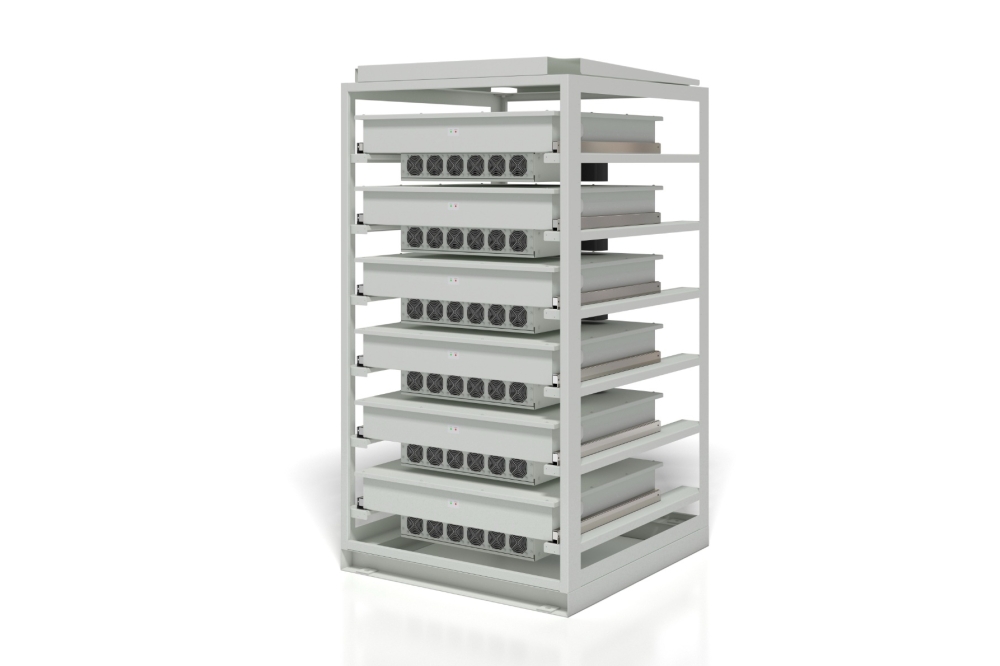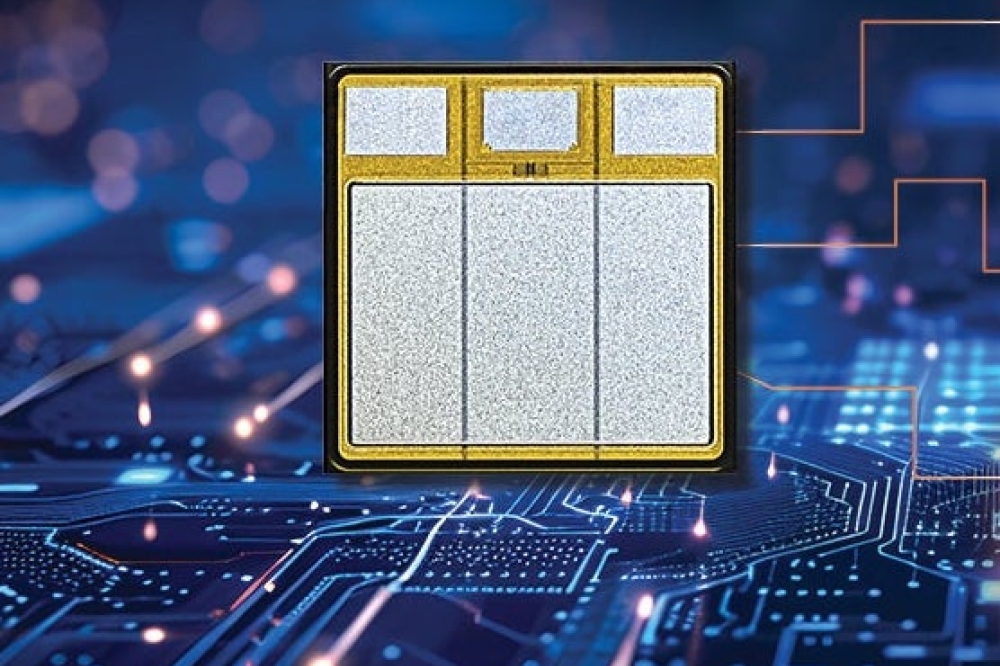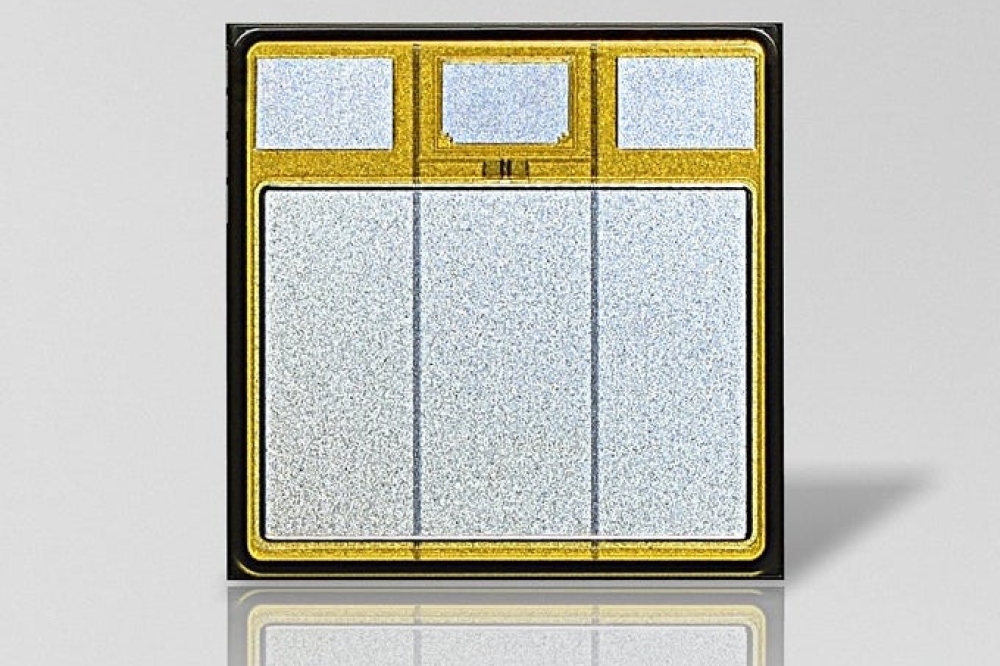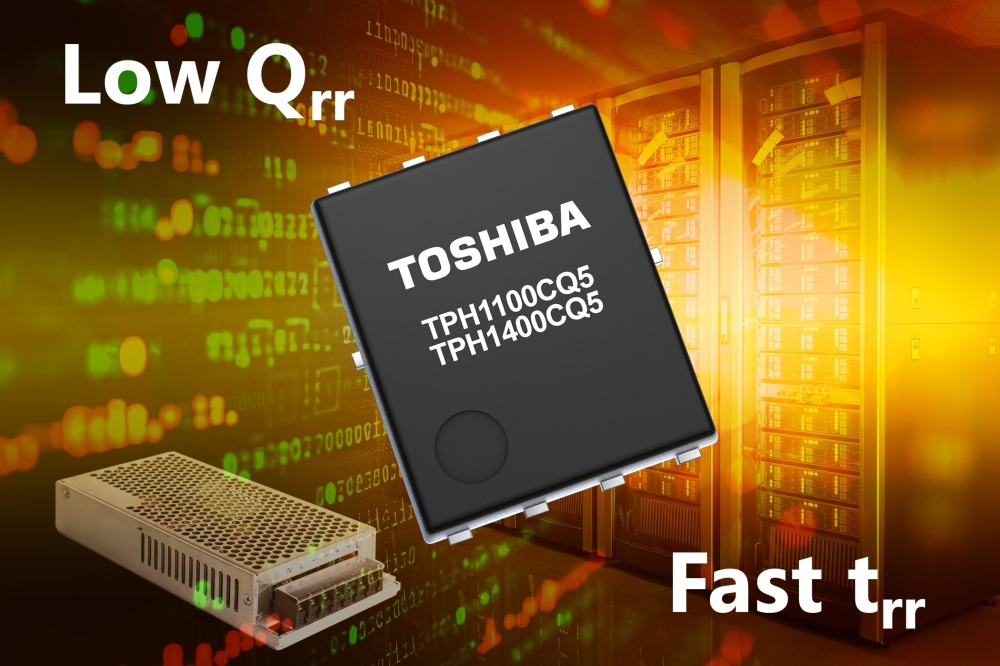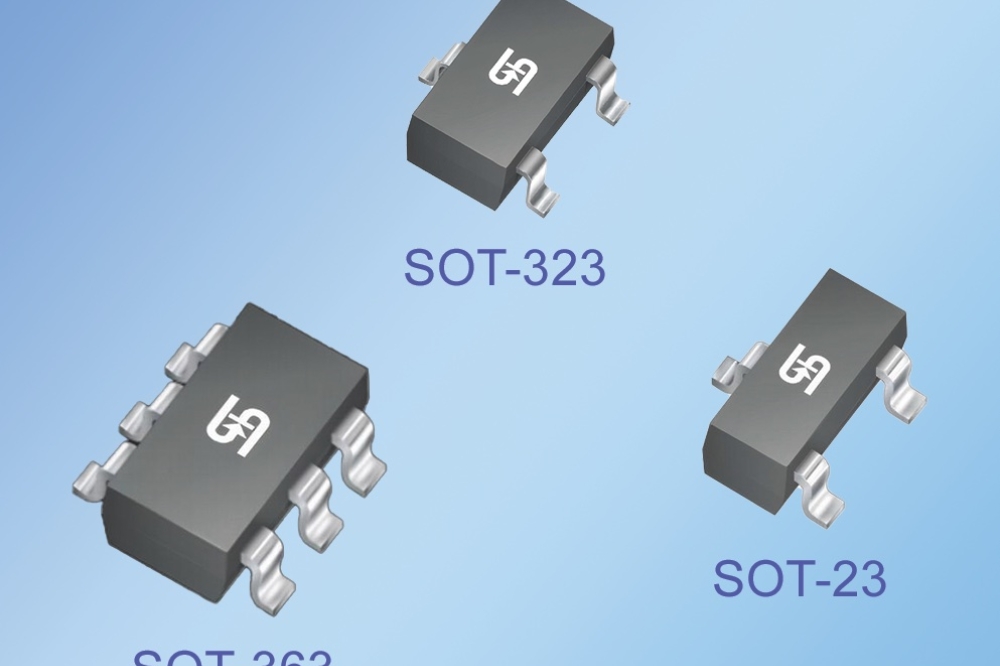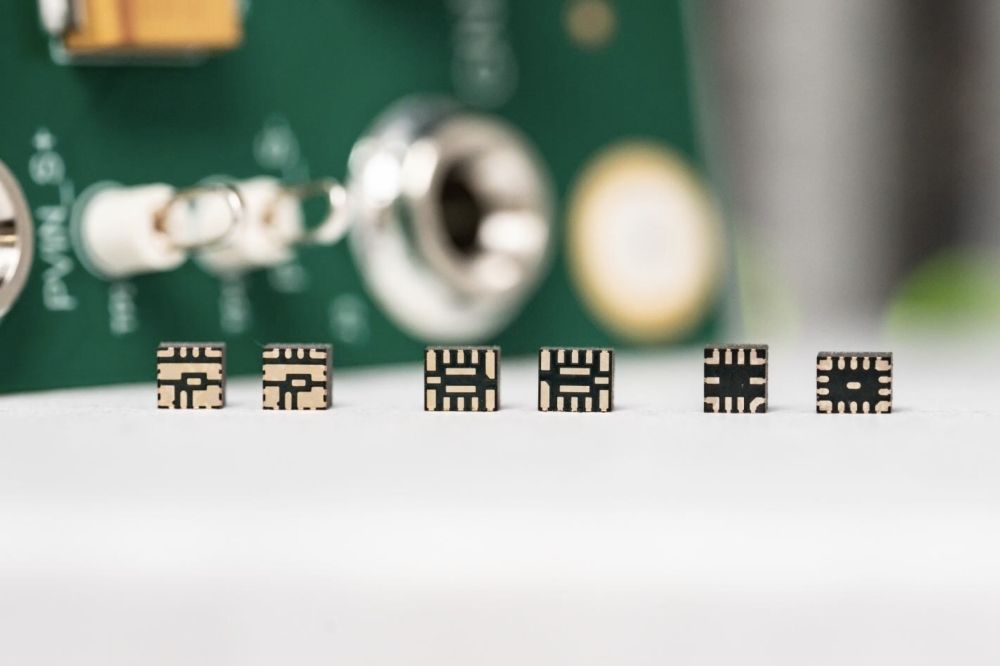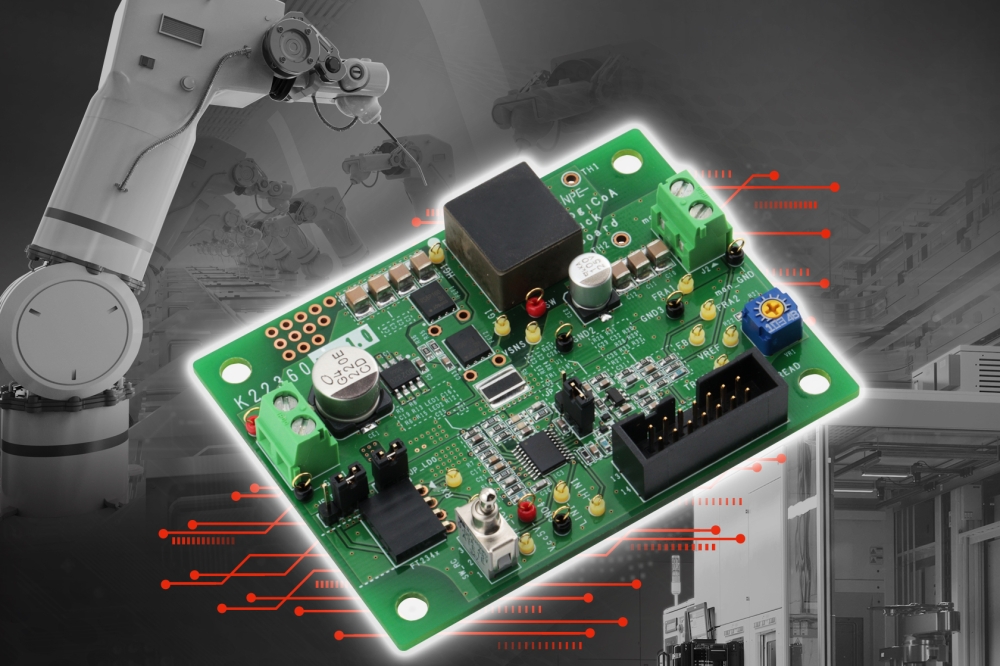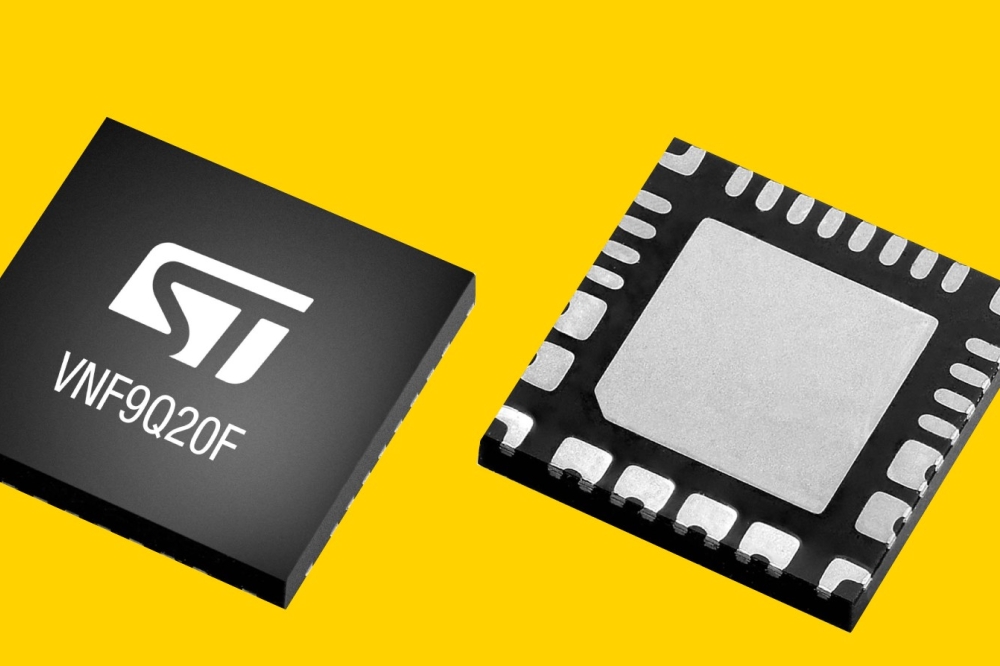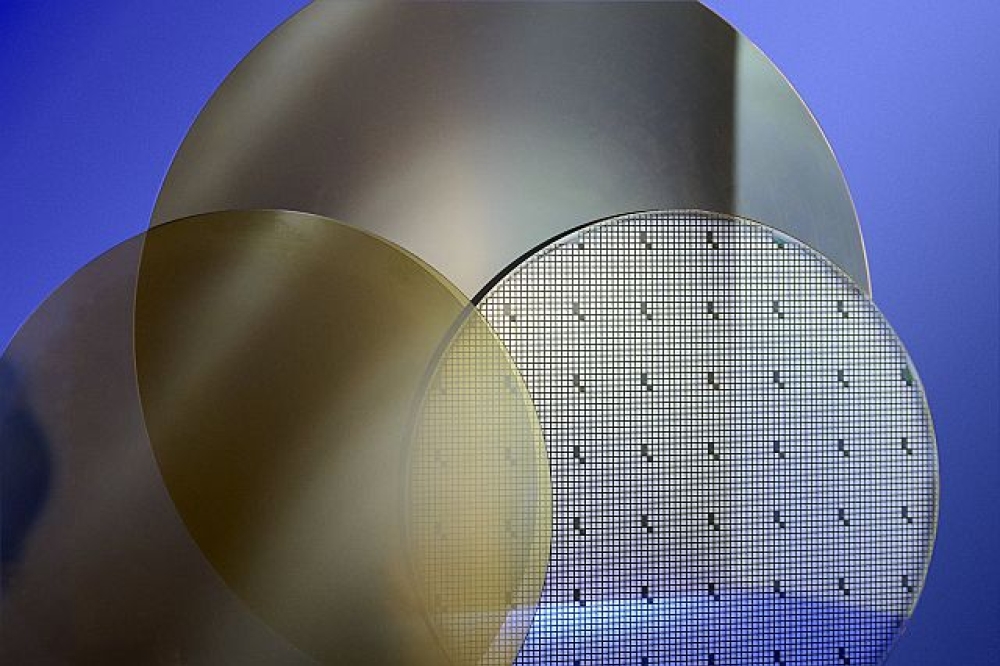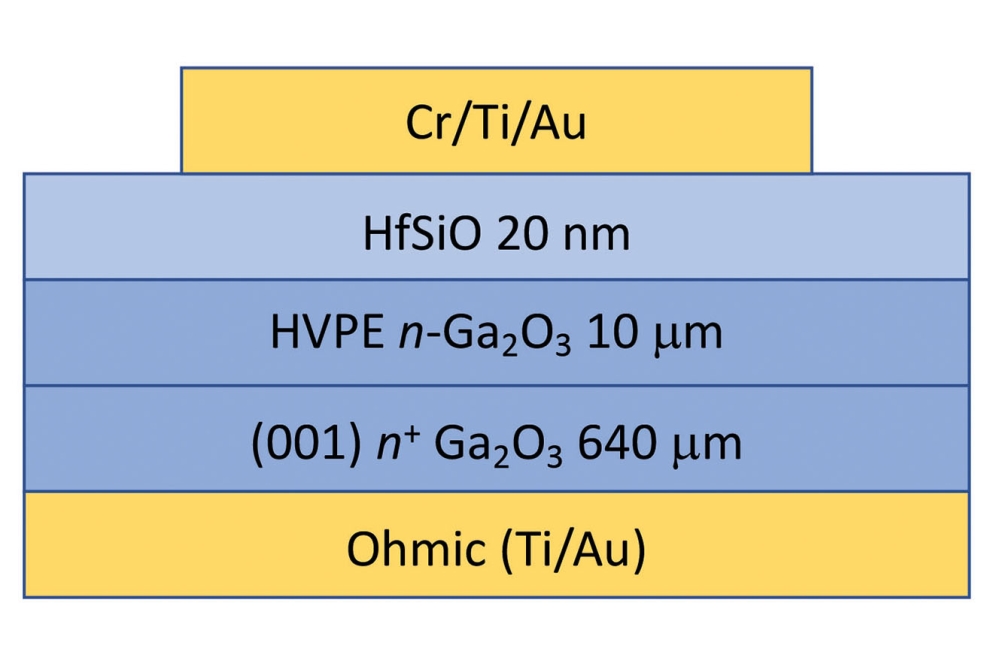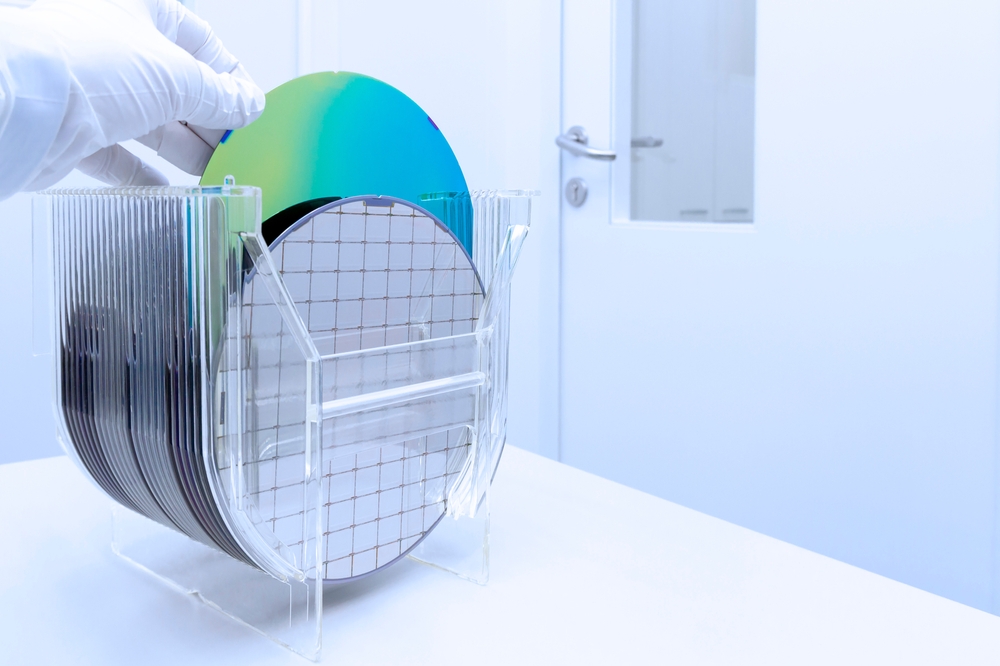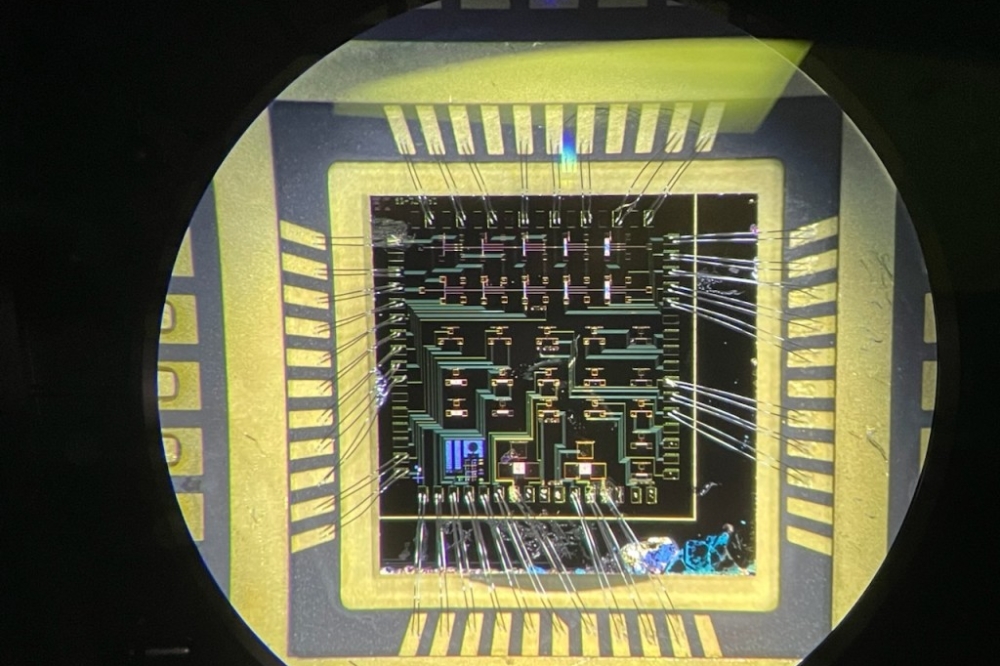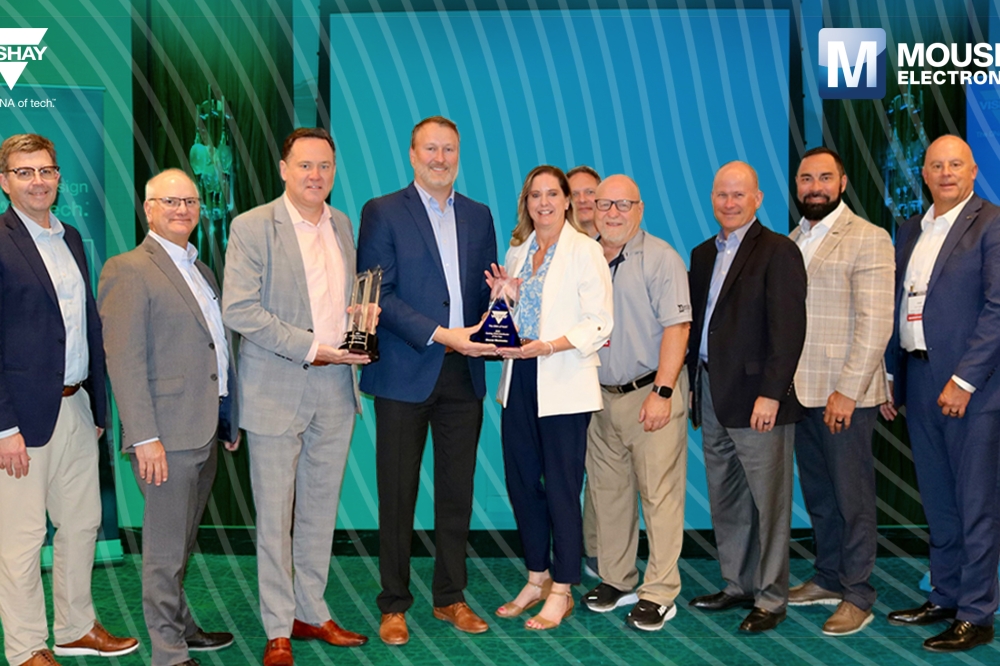NoMIS to develop SiC MOSFETs for US Air Force

US company to develop rugged devices for aircraft electrical power systems
Albany-based NoMIS Power has been awarded a project by the US Air Force Research Laboratory (AFRL) to develop rugged SiC power MOSFETs to support the electrical power systems of aircraft.
NoMIS Power will develop 1200V SiC devices with enhanced operational lifetime as well as improved on-state and off-state efficiency at operating temperatures, resulting in lower losses for power electronics engineers to manage.
Solid-state power controllers within aircraft electrical power distribution systems require low on-state losses to enable passive cooling, as well as surge current and voltage overshoot protection during system start-up and fault interrupt.
The proposed 1200 V SiC MOSFETs from NoMIS Power will provide airframers and system builders/integrators with the necessary power chips capable of high efficiency, long short-circuit withstand time (SCWT), and operational ruggedness for nominal and transient conditions. Moreover, the 1200 V rating will not only support current-generation aircraft utilizing 270 VDC architecture, but also aircraft operating with a +/- 270 VDC (i.e. 540 VDC rail-to-rail) architecture, as well.
NoMIS Power says it overcomes the limitations of commercial-off-the-shelf (COTS) Si and SiC-based devices via a novel SiC device design. As a result, NoMIS SiC devices can withstand higher voltage spikes and current surges during harsh operating conditions, enabling longer power management product lifetime through superior reliability and ruggedness.
Announcing the new award, NoMIS Power CEO Adam Morgan said,: “Our team is very excited to get the opportunity to support strategic groups working to improve the capabilities of our armed forces. We are confident this novel SiC device technology will also have a significant impact on other critical technology markets, such as electric vehicles and grid infrastructure. These efforts will directly support our company’s near-term product launch of next-generation SiC devices.”


